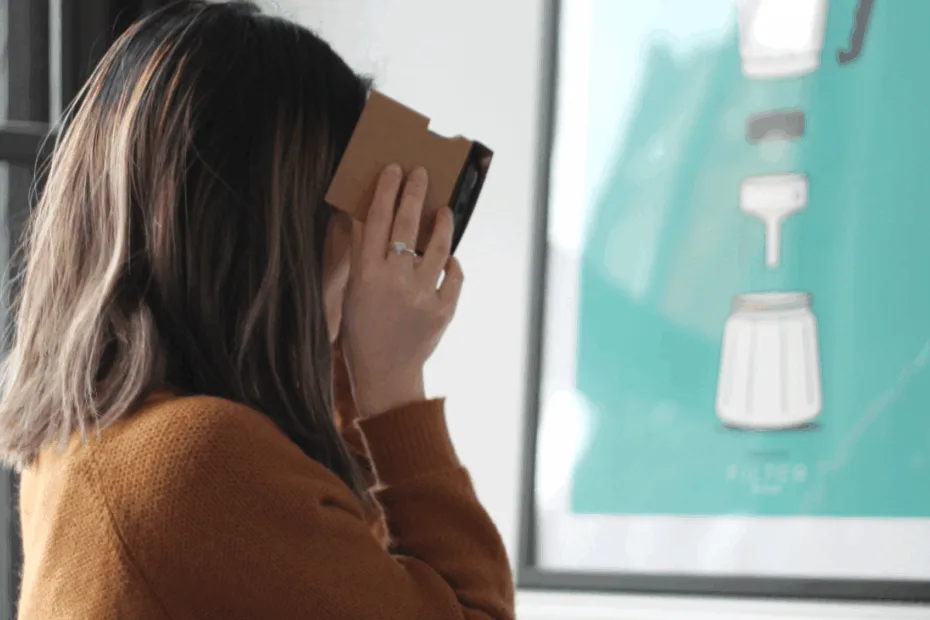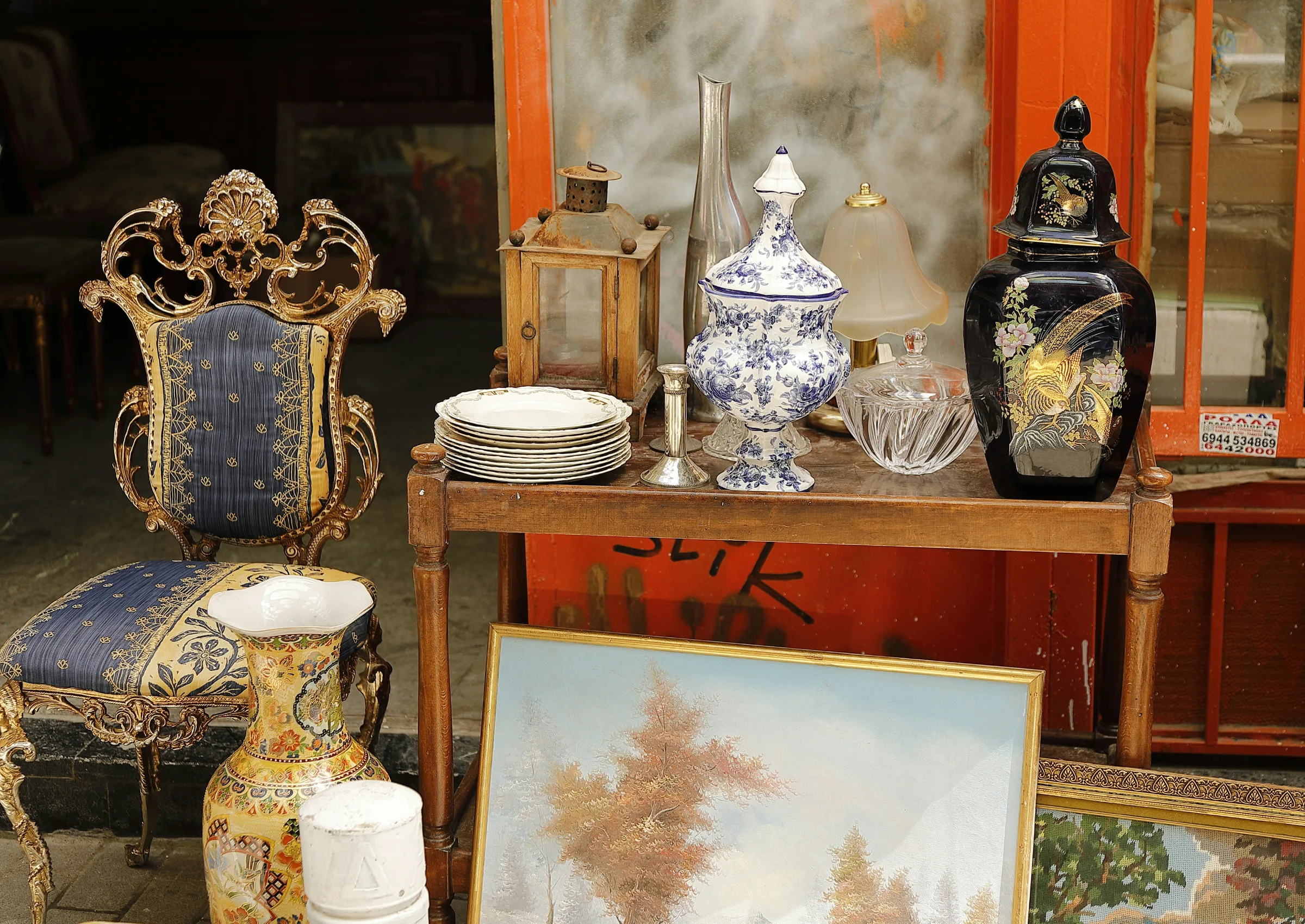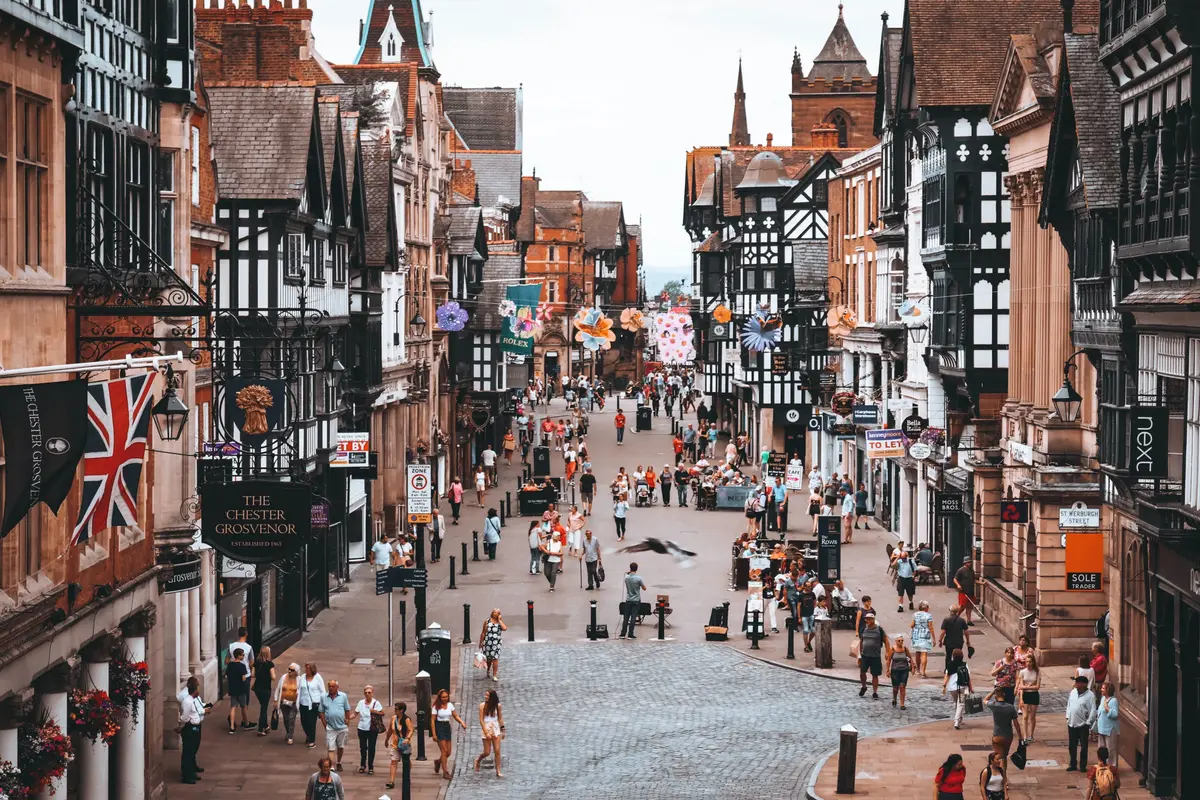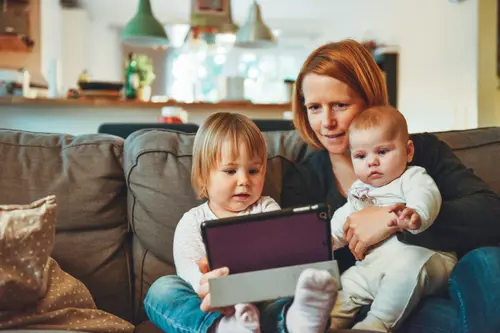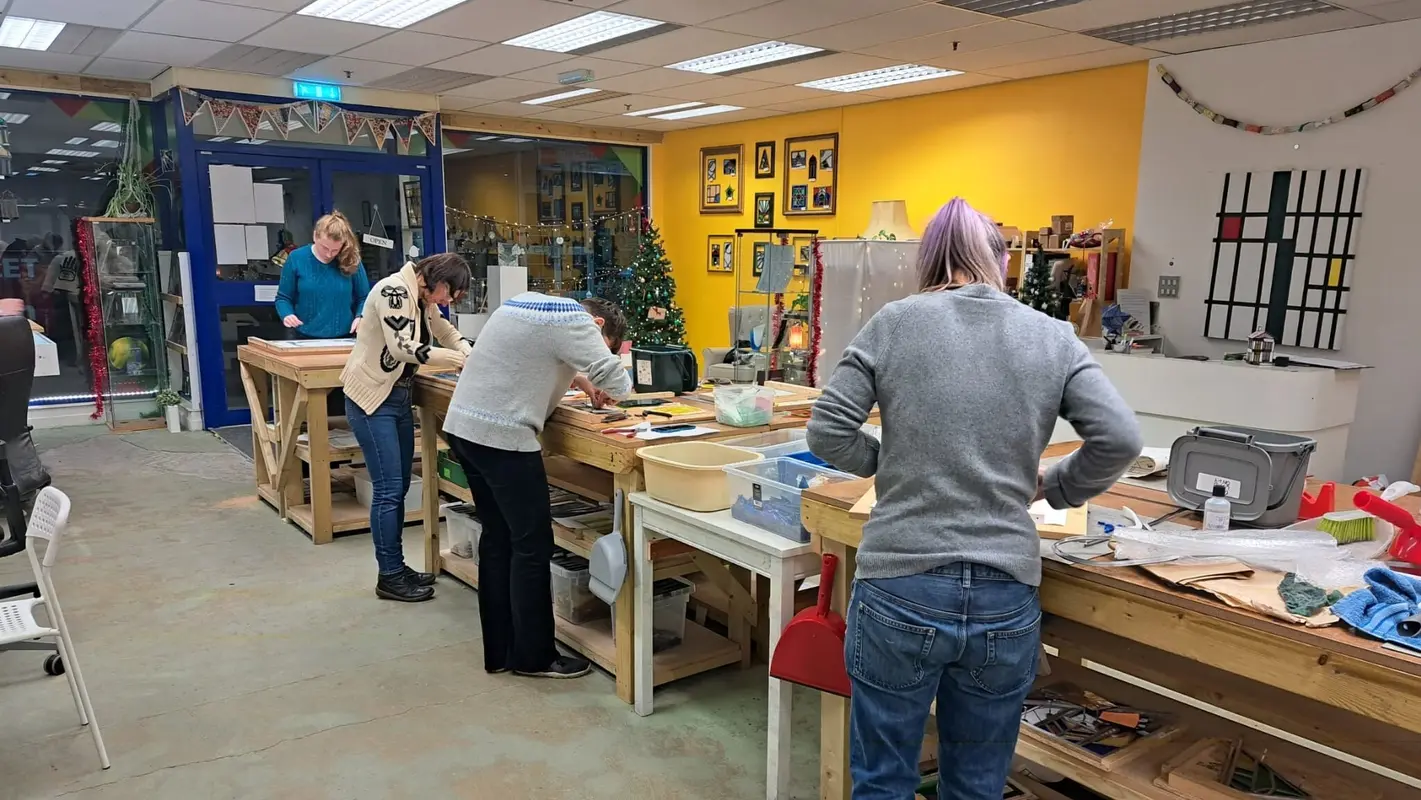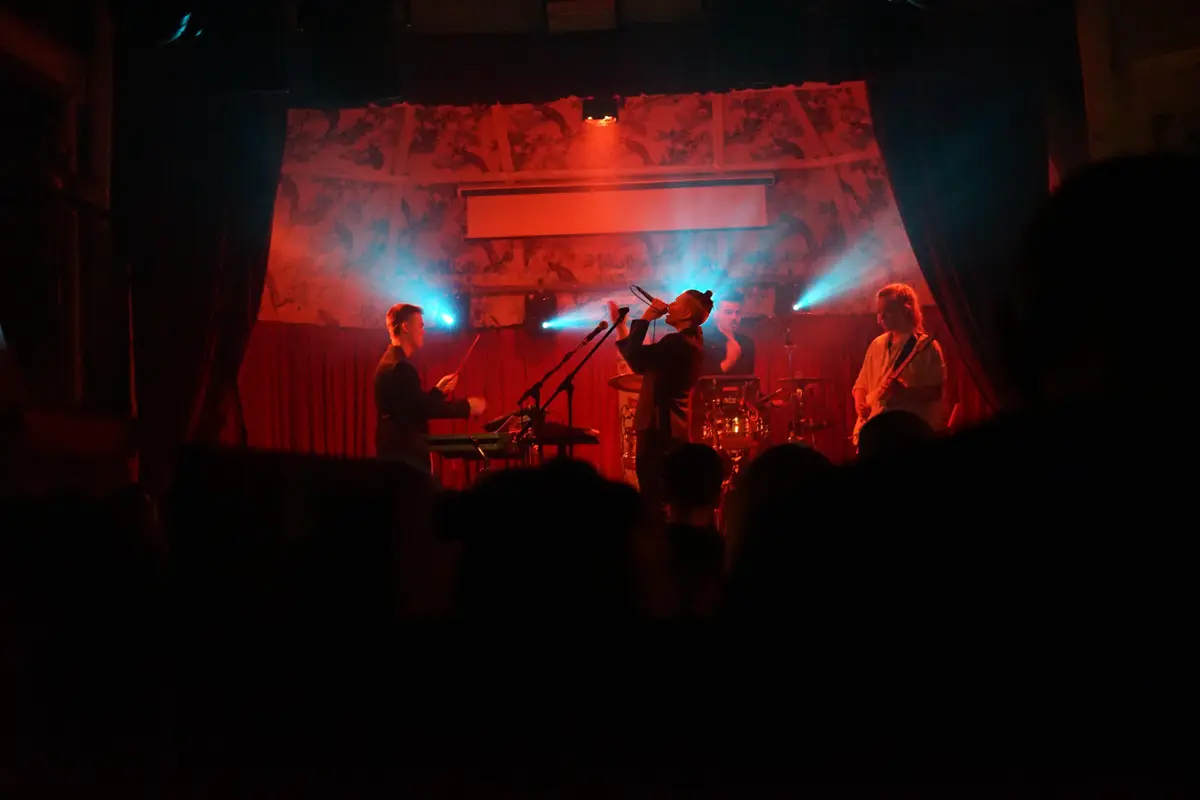Interest in immersive experiences in museums and heritage sites has increased in recent years in response to challenges faced by the sector and the potential of emerging technologies. Arts and heritage institutions hope immersive experiences will lead to increased visibility and a culture of innovation, new audiences, more meaningful participation, better engagement, and additional revenue. This is reflected in the Industrial Strategy and the Creative Industries Sector Deal. Cultural institutions have been important early testbeds for immersive approaches and have – often in partnership with research institutions and partners – benefited from investment through UKRI, the Arts Councils and National Heritage Lottery Fund. But attempts to find straightforward connections between investment and outcomes have been inconclusive or resisted.
This Discussion Paper, written by our researchers from the School of Journalism, Media and Culture at Cardiff University, looks at recent academic research into immersive experiences in museums, galleries and heritage sites, and highlights key debates, opportunities and challenges. It presents recommendations for arts and heritage organisations who are considering immersive approaches in their work, are interested in how audiences might respond, and want to know more about the challenges, as well as recommendations for funders and policymakers.
Key findings
- Storytelling – Immersive approaches broaden possibilities of digital storytelling – enhancing experiences, challenging conventions and giving users a more active role. New audience propositions are emerging. Narrative techniques can be used to step or pace an experience so that users do not become overwhelmed or bored.
- Recommendation: Avoid technology-centric approaches. Careful consideration should be given to your audience, intended impacts and narrative, before opting for a particular tech solution.
- Social experiences – Social exchanges are important aspects of usability and accessibility, and can be powerfully enhanced during an immersive encounter – whether it’s experienced by a group or one person at a time.
- Recommendation: Consider the kind of social interactions an experience will facilitate, directly or indirectly, as sociability is often crucial to enjoyment and creating meaning.
- Emotional engagement – Institutions increasingly want to understand the psychological responses of users to their programming. One of the most pervasive assumptions is that immersive experiences increase empathy, but this needs further exploration.
- Recommendation: Iterative rounds of user testing, including qualitative investigation, can provide insight into possible impacts on users, but these are unlikely to be universal impacts.
- Embodied and spatial interaction – Immersive approaches, even those seemingly experienced ‘wholly’ digitally, are grounded in a physical and sensorial reality and have the potential to become full body experiences. There is strong evidence that an immersive experience can change the relationship between participants and the physical spaces they occupy.
- Recommendations: Consider how the physical and bodily dimensions of an immersive experience can be made into an asset. The interactions between story, people, place and technology can powerfully enhance an immersive experience, and careful consideration should be given to these flows.
- Authenticity – Debates about authenticity, re-creation and fakery are amplified by digital technologies, and are particularly tricky in heritage contexts. A sense of authenticity is important to those encountering immersive heritage experiences, even where those interventions are playful and performative.
- Recommendation: The possibilities of re-creation come with increased responsibilities that designers and institutions need to take seriously, both for quality and ethical reasons.
- Learning – Many cultural institutions seek to offer users a learning experience through immersive encounters. While some research suggests that this can be the case, the full possibilities of immersive education still need to be explored.
Challenges
- Usability, uptake and onboarding – Technologies often pique the interest of users encouraging engagement, but there are challenges that can undermine an immersive encounter.
- Frame an immersive experience to manage expectations so that users have a sense of what is expected of them eg. Time commitment and movement in physical space.
- Using technology is itself an object interaction within a heritage context. Consider how best to make it frictionless, or even invisible.
- Consider sustainability issues – What will be necessary to keep an experience ‘live’? Eg. Staff training, further funding and technical support.
- Evaluation – There is a consensus that mixed methodologies are desirable where possible to adequately account for the nature and quality of experience. Institutions should be live to the challenges of evaluating ‘in the wild’ and plan for repeat user testing and iteration where practicable.
Opportunities going forward:
- Further efforts to consolidate and articulate a more holistic ‘value proposition’.
- Consideration of the ethical implications of immersive practices, particularly in relation to the roles and responsibilities of cultural institutions into the future, and in connection with other current priorities and debates in the sector.
- More research into the impact of immersive technology. Heritage contexts provide a rich testbed for further investigation.
Read more in the blog from Dr Jenny Kidd and Dr Eva Nieto McAvoy, researchers in the PEC from the School of Journalism, Media and Culture, Cardiff University.
Please reference this paper as:
Kidd, J., Nieto McAvoy, E. (2020) Immersive experiences in museums, galleries and heritage sites: a review of research findings and issues. Available from: https://www.pec.ac.uk/discussion-papers/immersive-experiences-in-museums-galleries-and-heritage-sites-a-review-of-research-findings-and-issues
Published 14th November 2019
Photo by Matthew Kwong
Related Discussion Papers
Regional Trade Agreements, Cultural Provisions and Trade in Cultural Goods
Analysing the impact of Regional Trade Agreements on the bilateral trade of cultural goods from 1999…
International Trade Challenges and the Effectiveness of Support Measures for the UK’s Creative Industries
The formidable challenges confronting the UK’s creative industries in the realm of exports, st…
Northern England’s Creative Industries
The Creative Industries are already a driver of growth across the UK economy. Export-intensive and m…
Creative Destruction? Creative firms, workers and residential gentrification
A new study by Tasos Kitsos, Max Nathan, and Diana Gutierrez-Posada finds only a minor influence of …
Speaking with One Voice
A fundamental remit of the BBC, and other public service broadcasters (PSBs) like ITV and Channel 4,…
Transitioning to Sustainable Production across the UK Theatre Sector
This discussion paper examines transitional pathways to sustainable theatre production in the UK. By…
Identifying and analysing UK fashion micro-clusters
The UK’s Fashion and Textiles industry contributed almost £20 billion to the UK economy in 202…
Net Zero as a catalyst in fashion micro and small enterprises
This report identifies examples of work taking place across three levels of change – social, e…
The Motives of Inbound Foreign Direct Investors in the UK Creative Industries
The UK’s creative industries have a global reach. British arts, technology, and design are internati…
Brexit uncertainty and international trade in services: Evidence from the UK creative industries 2014-2019
This discussion paper is based on one of the first studies to look at the impact of Brexit on the Cr…
Working Together – Cooperatives as a creative industry business model
This authors looks at how creative workers and students typically understand cooperatives, explore t…
Building sustainable regional music industry clusters
This report looks at the role the creative industries can play for the Levelling Up agenda, as well …
